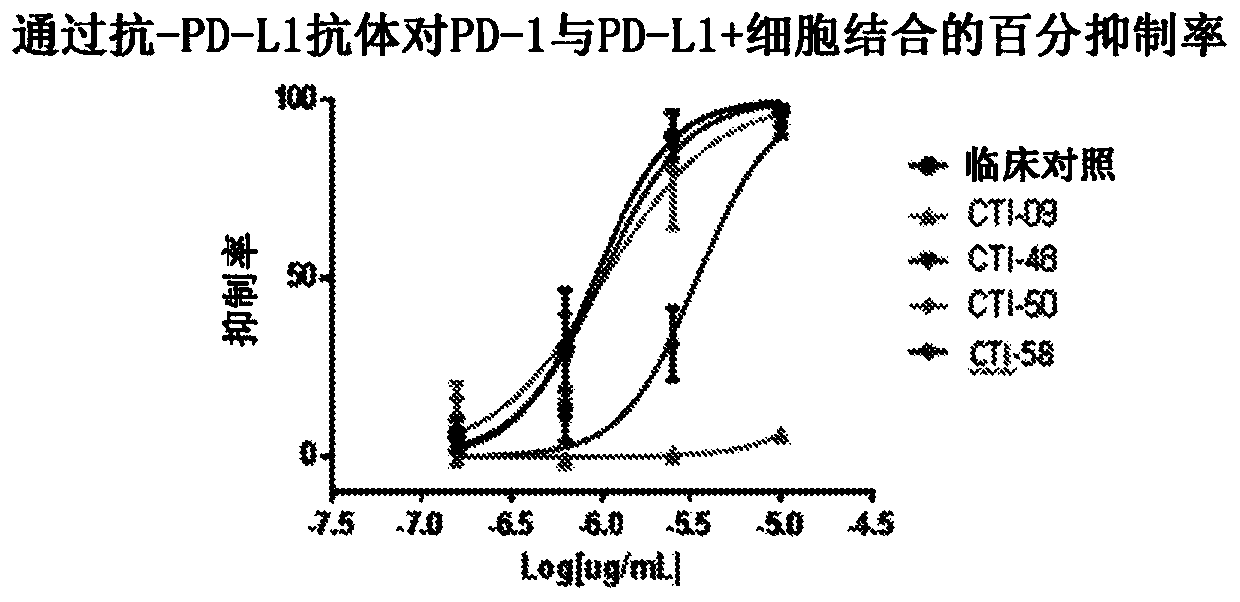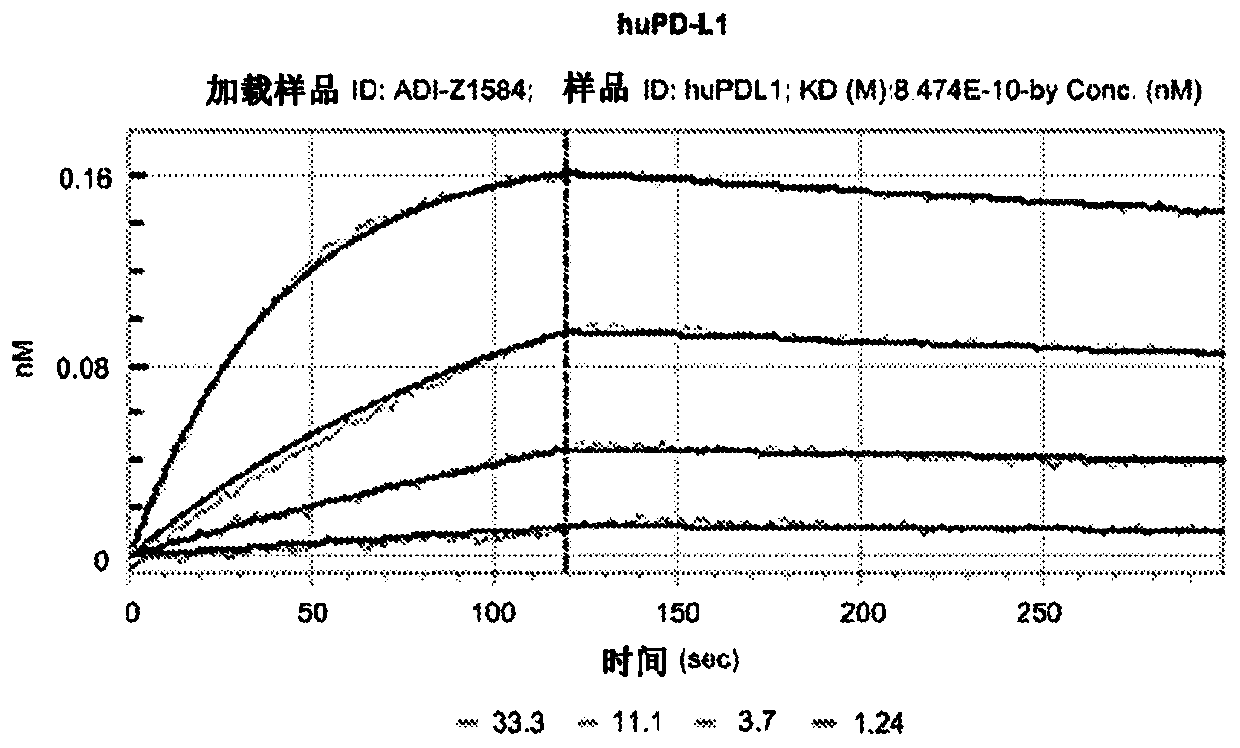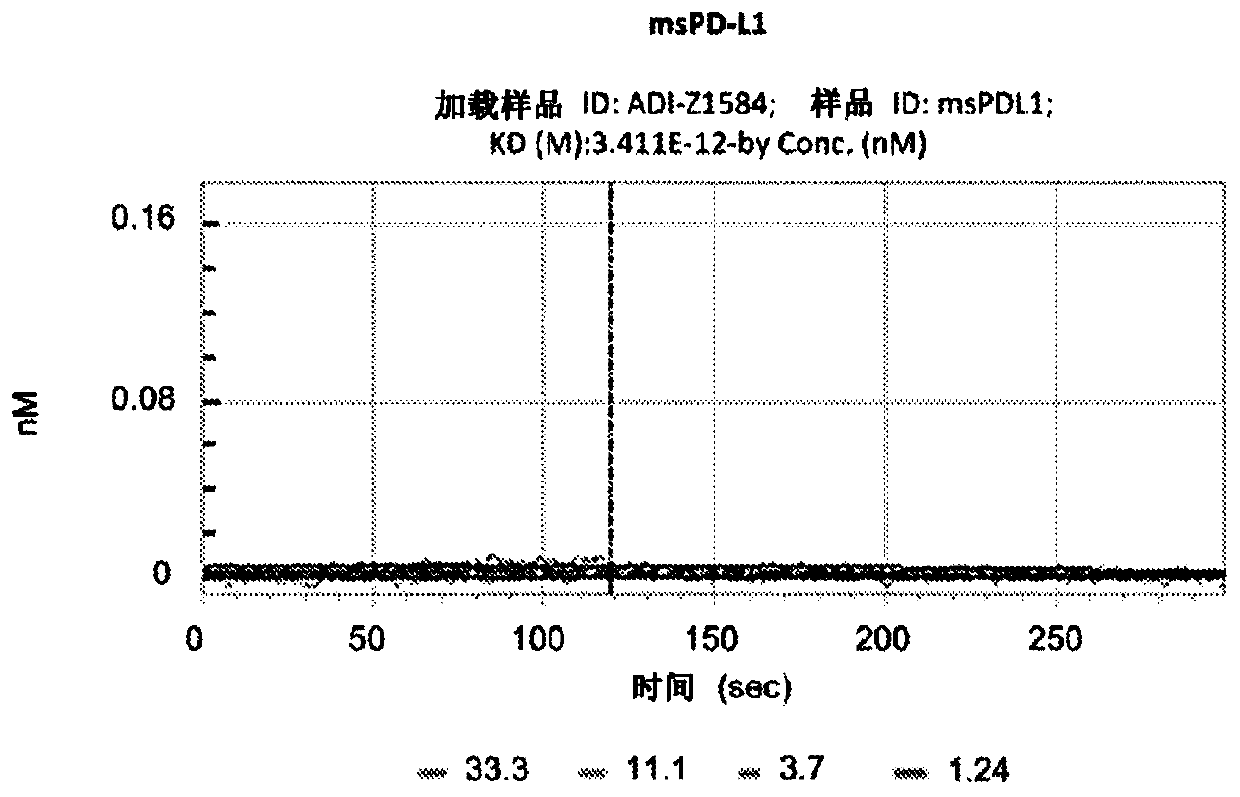Combination of an Anti-cd20 antibody, pi3 kinase-delta inhibitor, and Anti-pd-1 or Anti-pd-l1 antibody for treating hematological cancers
An inhibitor, kinase technology, applied in the direction of antibodies, drug combinations, antibody medical components, etc., can solve problems such as non-optimal and suboptimal relapse-refractory disease resistance, progression-free survival, etc.
- Summary
- Abstract
- Description
- Claims
- Application Information
AI Technical Summary
Problems solved by technology
Method used
Image
Examples
preparation example Construction
[0103] The term "pharmaceutical formulation" refers to a preparation in a form which enables the biological activity of the active ingredient to be effective and which does not contain other substances which are unacceptably toxic to the subject to which the formulation is administered. Element. Such formulations can be sterile.
[0104] The term "therapeutically effective amount" refers to an amount of the therapeutic agent (eg, antibody or small molecule) effective to "treat" the disease or disorder in the subject or mammal. In the case of cancer, a therapeutically effective amount of an agent can reduce the number of cancer cells; reduce the size of a tumor; inhibit (i.e., slow to some extent or stop) the infiltration of cancer cells into surrounding organs; inhibit (i.e., reduce slow to some extent or stop) tumor metastasis; inhibit tumor growth (to some extent); and / or alleviate one or more symptoms associated with cancer (to some extent). See the definition of "treatme...
Embodiment
[0366] Example 1 - Pembrolizumab with Ublituximab (TG-1101) and Umbralisib Tosylate (TGR-1202) in Patients with Relapsed / Refractory (r / r) Chronic Lymphocytic Leukemia (CLL) Combination Phase I / II Study
[0367] background
[0368] In 2017, the American Cancer Society reported an estimated 20,110 new cases of CLL and a total of 4,660 deaths from the disease. CLL primarily affects the elderly, accounts for one-third of diagnosed leukemia cases, and is characterized by the accumulation of clonal mature B lymphocytes in the blood, bone marrow, and secondary lymphoid tissues. CLL is a heterogeneous disease with severe high-risk cytogenetic abnormalities (including 17p deletion, P53 gene mutation and 11q deletion), which are often more difficult to treat. See Dohner, H. et al., N Eng J Med 343:1910-1916 (2000).
[0369] CLL is a disorder that exploits immune dysregulation to evade cell death and promote tumor survival. Chemotherapy regimens in combination with monoclonal antibod...
Embodiment 2
[0521] Example 2—The combination of Ublituximab, TGR-1202, and Atezolizumab for the treatment of patients with B-cell malignancies
[0522] Research design
[0523] In Phase I / II clinical studies, ublituximab, TGR-1202 and atezolizumab were administered to patients with B-cell malignancies (eg, CLL, NHL), including those requiring treatment for relapsed or refractory disease. This study was conducted to determine the safety of TGR-1202+ublituximab+atezolizumab following combination induction therapy of ublituximab+TGR-1202 in patients with relapsed-refractory B-cell malignancies.
[0524] This study also evaluates the clinical efficacy of TGR-1202+ublituximab+atezolizumab following combination induction therapy of ublituximab+TGR-1202 in patients with relapsed-refractory B-cell malignancies. The group's overall response rate, complete response rate, and progression-free survival were used as efficacy measures.
[0525] The schedule of dosing and assessment of the anti-tumor ...
PUM
 Login to View More
Login to View More Abstract
Description
Claims
Application Information
 Login to View More
Login to View More - R&D Engineer
- R&D Manager
- IP Professional
- Industry Leading Data Capabilities
- Powerful AI technology
- Patent DNA Extraction
Browse by: Latest US Patents, China's latest patents, Technical Efficacy Thesaurus, Application Domain, Technology Topic, Popular Technical Reports.
© 2024 PatSnap. All rights reserved.Legal|Privacy policy|Modern Slavery Act Transparency Statement|Sitemap|About US| Contact US: help@patsnap.com










